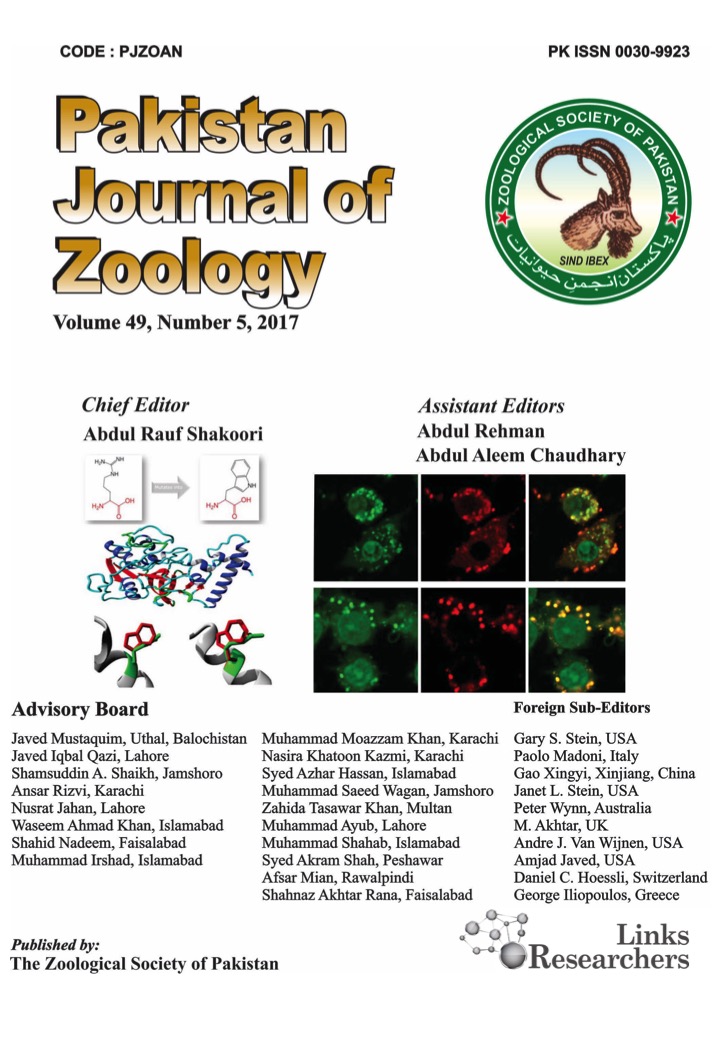Staphylococcus aureus: A Perspective on Livestock Handlers and Food Safety
Owelle Ojo Olukoya1, Adesiji Yemisi Olukemi1, Aluko Esther Folahanmi2, Ojeniyi Fiyin Demilade3,4, Oyekale A.O.4,5 and Olowe Olugbenga Adekunle1,3*
1Department of Medical Microbiology and Parasitology, Ladoke Akintola University of Technology, Ogbomoso, Nigeria; 2Department of Global Public Health, School of Medicine and Dentistry, Griffith University, Australia; 3Humboldt Research Hub, Center for Emerging and Re-emerging Infectious Diseases, Ladoke Akintola University of Technology, Ogbomoso, Nigeria; 4Department of Biochemistry, Ladoke Akintola University of Technology, Ogbomoso, Nigeria; 5Department of Medical Microbiology and Parasitology, Ladoke Akintola University of Technology, Ogbomoso, Nigeria.
*Correspondence | Olowe, O.A., Department of Medical Microbiology and Parasitology, Ladoke Akintola University of Technology, Ogbomoso, Nigeria; Email: oaolowe@lautech.edu.ng
Figure 1:
MRSA and staphylococcus infections.
Figure 2:
Virulence factors and impact of Staphylococcus aureus.
Figure 3:
Virulence factors and infection locations of S. aureus infections.
Figure 4:
Typing methods in Staphylococcus aureus epidemiology.
Figure 5:
Morphology of gram-positive cocci.
Figure 6:
Exploring the Staphylococcus aureus pathogenicity.
Figure 7:
S. aureus infections: Types, pathophysiology, and virulence factors.
Figure 8:
MRSA: Clonal lineages, virulence factors, and transmission.
Figure 9:
SAB incidence factors.
Figure 10:
Skin and soft tissue infections caused by Staphylococcus aureus.
Figure 11:
S. aureus infection management.

















